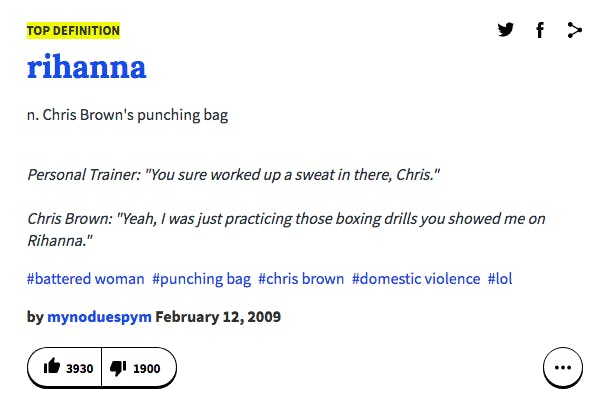


This was the first time that the majority of the world's population lived in a city.

In 2009, the number of people living in urban areas (3.42 billion) surpassed the number living in rural areas (3.41 billion), and since then the world has become more urban than rural. The world's urban population in 1950 of just 746 million has increased to 3.9 billion in the decades since. However, a favorable environment for human capital development would also be generated simultaneously. This is due to conditions created by a greater level of industrial activity in a given region. "Agglomeration effects" are in the list of the main consequences of increased rates of firm creation since. The creation of early predecessors of urban areas during the urban revolution led to the creation of human civilization with modern urban planning, which along with other human activities such as exploitation of natural resources led to a human impact on the environment. In urbanism, the term contrasts to rural areas such as villages and hamlets in urban sociology or urban anthropology it contrasts with natural environment. Urban areas are created through urbanization and are categorized by urban morphology as cities, towns, conurbations or suburbs. Wildlife Conservation Society.Greater Melbourne at night, seen from the International Space StationĪn urban area, or built-up area, is a human settlement with a high population density and infrastructure of built environment. Conservation and Business: Working Together for a Sustainable Singapore. Habitat Corridors Facilitate Genetic Resilience Irrespective of Species Dispersal Abilities or Population Sizes. In Conservation Corridors Planning at the Landscape Level: Managing for Wildlife Habitat. National Resources Conservation Service. The relationship between habitat loss and fragmentation during urbanization: an empirical evaluation from 16 world cities. The Ninth Session of the World Urban Forum. United Nations Human Settlements Programme. Norwegian Institute of Transport Economics. Why Should Urban Sprawl Matter to Leaders?.Why Should People Care About Urban Sprawl?.Navigate through the list below to continue to read about Terrascope Class of 2024’s plan to combat urban sprawl. Additionally, a comprehensive urban planning guide will prevent future fragmentation and ensure that urban sprawl does not pose a threat to local ecosystems. Building wildlife corridors allows populations to be able to travel between isolated spaces, increasing their genetic diversity and the biodiversity of the spaces as a whole. Wildlife corridors act as bridges between green spaces and directly address habitat fragmentation. The a wildlife corridor in Singapore that connects the Bukit Timah Nature Reserve and the Central Catchment Nature Reserve. Urban planning is the development of cities through local regulations and direct interventions, providing plans for city improvement and guidelines for more city expansion. In order to address the negative effects of urban sprawl, Terrascope Class of 2024 is proposing a solution that utilizes wildlife corridors and the principles of urban planning. As the gene pool lessens due to inbreeding and limited reproductive options, the population becomes more vulnerable to catastrophic disturbances-all because it lacks genetic diversity. Due to this limited movement, organisms are unable to interact with other populations to reproduce the likelihood of inbreeding becomes higher, which causes the genetic diversity to plummet. This is because the fragments of land become distant, limiting movement between populations and isolating them. Increased urban development directly causes habitat fragmentation, since more and more land must be developed for human use.įragmentation vastly decreases the biodiversity in an area. Habitat fragmentation is the process by which large patches of native vegetation are broken into small, isolated patches. Īs an additional factor, urban sprawl pollutes environments and causes habitat fragmentation from 1900 to 2000, more than 25% of habitats in U.S. Fragmentation causes increased isolation between pieces of land, limiting the movement of wildlife.


 0 kommentar(er)
0 kommentar(er)
